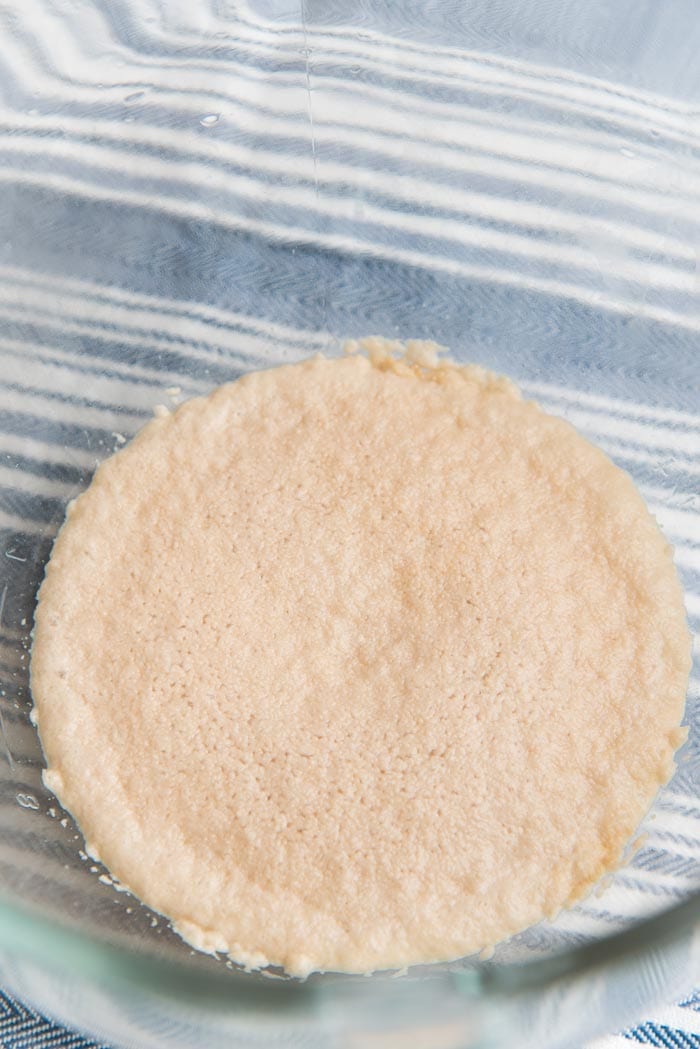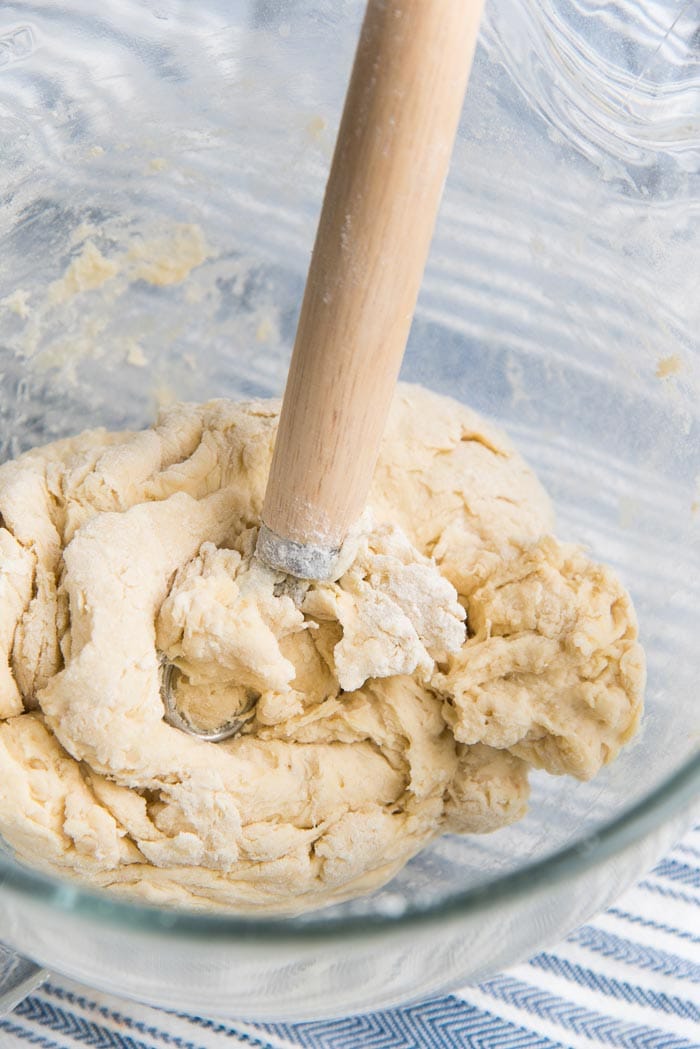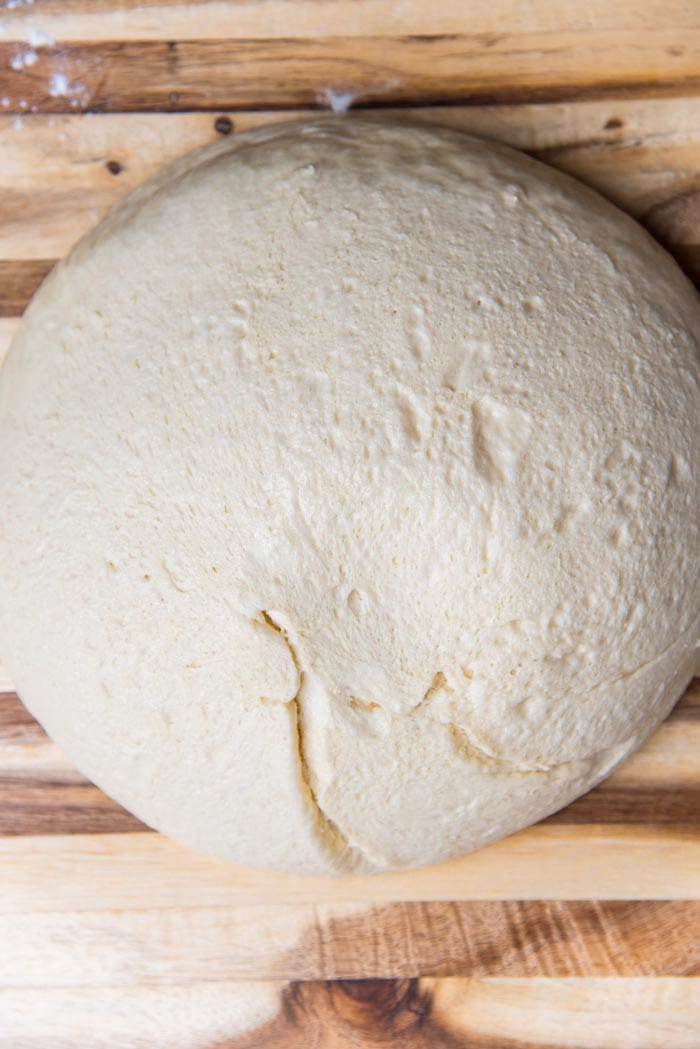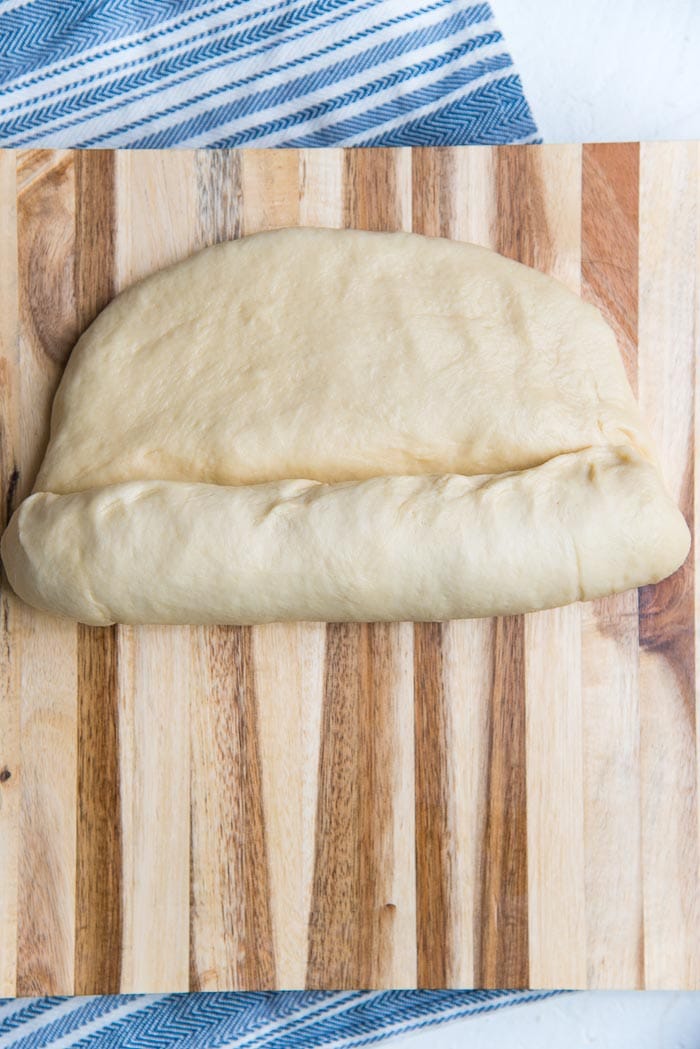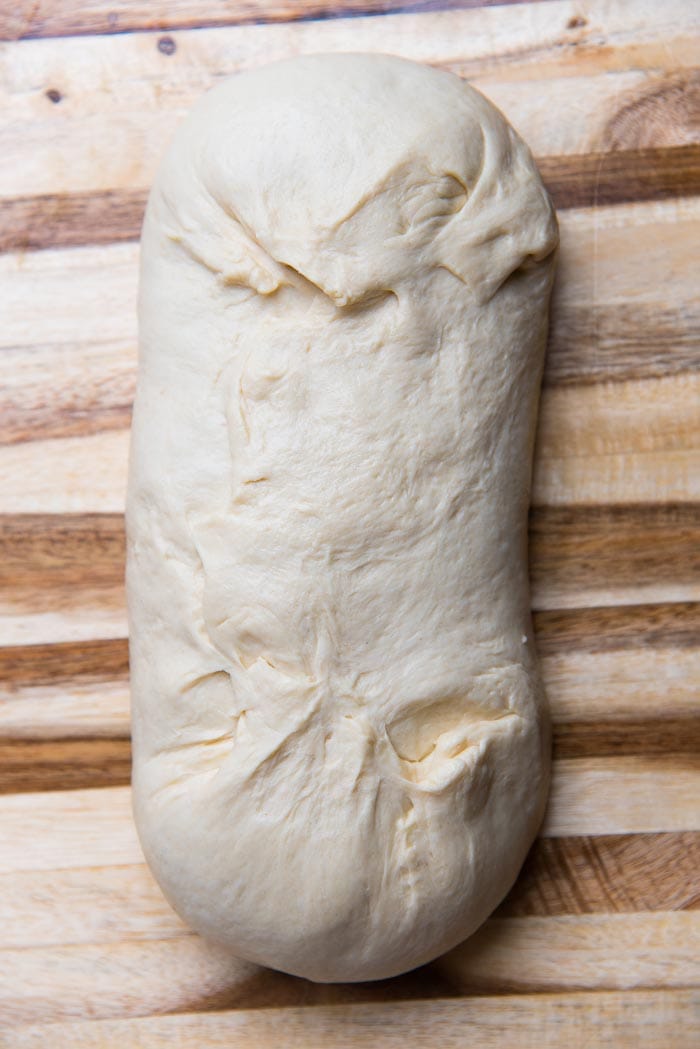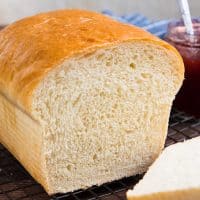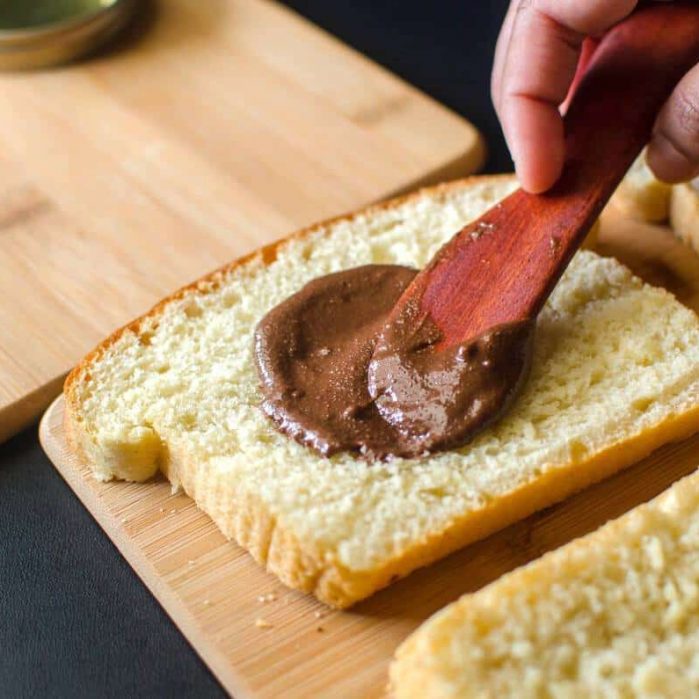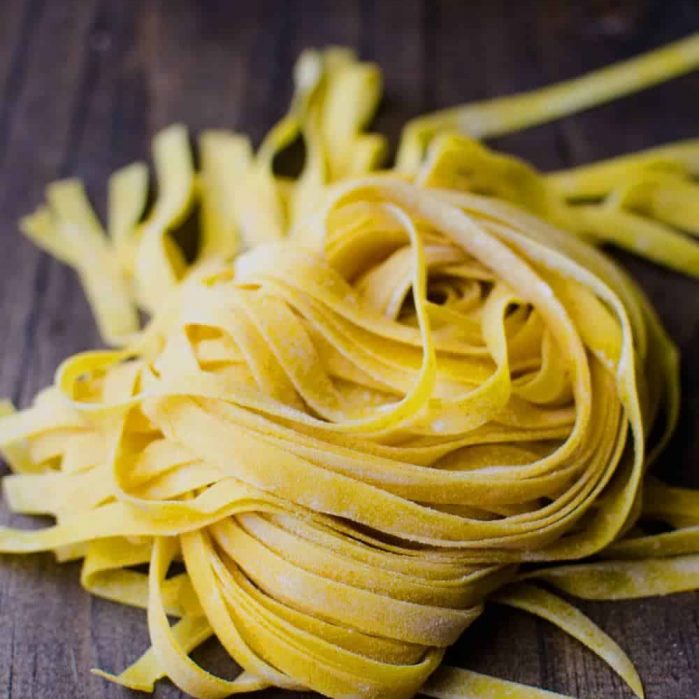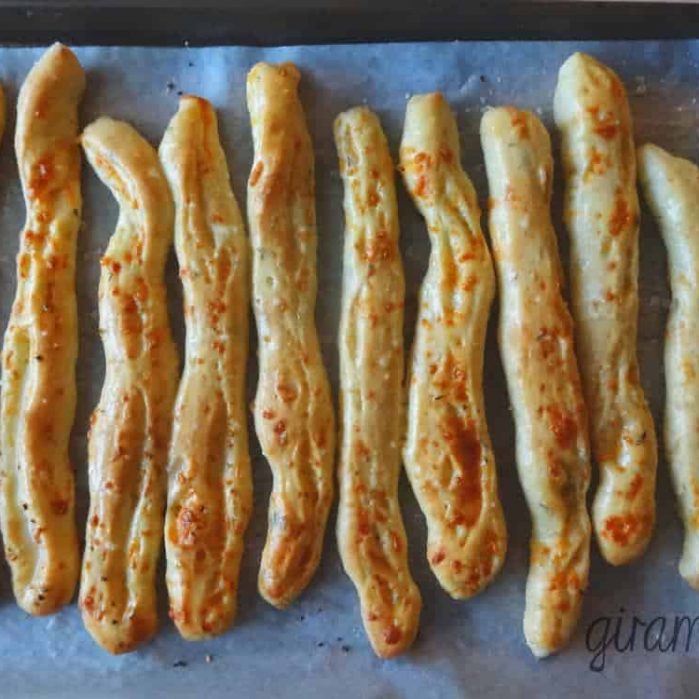Just like my brioche bread, milk bread, focaccia bread etc., this too is a reader-favorite recipe. And here’s ALL you need to know about making the perfect loaf of homemade bread (white bread)! There’s something deeply satisfying about a slice of white bread. And when that white bread goodness is homemade? The best! Plus, I LOVE the smell of freshly baked bread and the simple joy you get from developing homemade bread recipes. I’ve been making homemade white bread for about 15 years now, and I’ve made it so often that I can make this white bread recipe without measuring the ingredients now. And the more you make it, a better feel you get for it, and you’ll instinctively know what your bread dough is supposed to feel like.
Why you’ll LOVE this white bread loaf recipe!
Make no mistake, this homemade bread recipe is simple to make. Incredibly soft and delicious, with just a touch of sweetness, it’s easily the best white bead I’ve ever tasted! Really substantial, unlike the sad, flimsy store-bought white bread. It’s free of all the sodium and preservatives of store-bought bread, and it’s made with simple ingredients. What’s not to love? This recipe provides STEP BY STEP instructions, on how to make the perfect loaf of bread Because of how loved this recipe has become, I have adjusted the recipe so you can easily make TWO standard bread loaves, instead of 1 extra large loaf! These adjustments are included in the recipe notes. The original recipe remains unchanged!
I guarantee you’ll never want to go back to store-bought white bread after tasting this!
What is classic white bread made with?
Delicious white bread is traditionally made with just,
Flour Water Yeast Honey Salt Butter (or some other type of fat)
However, I also like to add a little citric acid (or vinegar) as well. This is optional, but it achieves two things.
My best tips for perfect homemade bread (homemade white bread)
Use a stand mixer. Makes the whole process easy. You can knead the dough by hand, but it takes quite a while to develop the gluten in the dough this way. (Although, I do quite enjoy kneading dough by hand sometimes, bashing the dough repeatedly. Great for letting out some pent up frustration!). Just make sure not to “tear” the bread while you’re kneading it by hand. Don’t be afraid to get your hands in there and feel the texture of the dough. This is the only way to make sure you get the right consistency. The amount of water or flour needed to make this homemade white bread can vary slightly each time. Use this recipe as a guide, and know that you may have to adjust it a touch depending on the weather, and type of flour and ingredients used. I use AP flour to make homemade white bread, but you can use bread flour too. With bread flour, you may need to use a little extra water to get the right consistency, because the more protein content in the flour, the more moisture it’ll need to yield a soft texture. Using bread flour will also lead to a chewier bread texture, which is also incredible desirable. Proofing is important. The first proof is important to allow the yeast and gluten to develop. This plays a huge role in the flavor of the final product as well. The second proof is important to get a loaf that is light and airy with a beautiful rise. If you over-proof the bread dough at any stage, it can result in an unpleasant yeasty flavor. And if you over-proof the dough during the second stage, you’ll likely end up with a bread loaf where the crust separates from the rest of the loaf, or the crust is misshapen, or there’ll be big holes in the bread and it’ll collapse. With under-proofed bread dough, you’ll end up with a smaller bread loaf that is more dense and has less volume. A quick, simple way to check whether your homemade bread loaf is done is to tap the bread on top for that characteristic “hollow” sound. However, a fool-proof method to ensure perfectly baked bread is to use a thermometer. Your bread loaf is done when the internal temp. registers 195°F. To avoid a soggy bread bottom, make sure not to leave the bread in the pan to cool completely. Leave it in the pan only for about 10-15 minutes and then place it on a wire rack to cool completely. This prevents any condensation from forming on the pan and making the bread soggy. Another really helpful tip that I’ve discovered is to allow the bread to cool down in the oven. When the bread is done, I turn off the oven and let it cool down inside, with the oven door half open. Or if I have to do more baking, I let the bread cool down in a draft free, warm place. If the bread cools down too fast, it can cause some wrinkles to form on the crust. It doesn’t affect the taste however, just the appearance. However, this may sometimes be unavoidable in the winter.
Choosing the correct bread pan
You can make this white bread recipe in two 8 ½ x 4 ½ inch loaf pan for bread loaves that are taller. But a 9 x 5 loaf pan will work too. However, if you do use a 9 x 5 inch pan, the resulting bread loaves will be slightly taller (but still makes great sandwiches – like these delightful rainbow sandwiches!)
How to form the perfect loaf of bread
The next step after proofing the bread dough, is to form the dough into a log to fit inside your bread pan. I turn the bread dough out on to a lightly floured surface and flatten it into a rectangle. This removes excess air that formed in the dough while it was proofing. The longer side of this rectangle should be slightly shorter than that of your bread pan. To make sure you have a tightly formed bread loaf, roll up the dough, while pinching the edge into the dough along the way. Pinch the seams of the dough, tuck the sides in and pinch them into the dough as well. It’s important to tightly roll up the dough while pinching it into itself. This prevents large air pockets from forming inside the dough as it proofs and bakes. All the seams of the dough should be on one side, while the other side should be smooth and tightly stretched (with no wrinkles). Make sure your bread dough log has an even thickness too. Then carefully place this in the prepared bread loaf pan, and gently press it into the corners and bottom of the pan. Cover the pan and let it proof for a second time.
How to check when your bread loaf is ready to be baked
The second proofing time can vary greatly depending on the ambient temperature and weather. It can take much longer in the winter to proof, than in the summer. So it’s important to know what signs to look for to know when you’re bread loaf has proofed properly and is ready to be baked.
The bread dough will double in size when proofed. It might even be a little more than that, but this indentation test will let you know for sure if the bread is proofed properly. When you gently press into the dough with your index finger, an indentation will form and it’ll remain, if the dough is perfectly proofed. If the dough bounces back without leaving an indentation, then the dough is under-proofed. If the indentation causes the dough to collapse, then the dough has over-proofed, and you may need to re-knead and re-form the dough and proof it once again.
How to store homemade white bread
The fact is homemade white bread doesn’t keep for too long, since it doesn’t have preservatives like store-bought bread. So it’s important to keep your homemade bread in a container that allows for some ventilation, to let the the bread “breathe”. This white bread will keep for about 4-5 days this way. But what I personally like to do (especially because this recipe will yield TWO loaves), is to slice the bread once it cools down, and then place these bread slices in a container or sealable bag and freeze. This keeps the bread fresh for much longer! Then I just remove the slices I need from the freezer, and let them thaw out whenever needed. However, never refrigerate bread. The dry air in the fridge will make the bread go stale even faster. Seriously, there’s something just so satisfying about a slice of white bread, when you’ve made it yourself! 🙂 Even from frozen, it tastes incredibly fresh and DELICIOUS. Peanut butter and jam sandwiches are a whole new level of comfort with this homemade white bread recipe! 🙂
Frequently asked questions and troubleshooting
If you liked this step by step homemade bread recipe, then you may also like some of my other detailed how-to posts,
How to make brioche bread How to make choux pastry Classic eclairs Easy homemade hot dog buns How to make doughnuts How to make shortbread cookies Japanese milk bread Focaccia bread French croissants And check here for more easy bread recipes.
Equipment and tools I use for this recipe
Stand Mixer – I use my KitchenAid mixer 9 x 5 inch loaf pans or 8.5 x 4.5 inch loaf pans – the perfect sized pans to make these bread loaves. Kitchen Scale – Best tool for baking, to ensure you get accurate results each time Measuring Cups – I like to use cups to measure all liquid ingredients most of the time. Measuring spoons – for measuring all the small amounts of ingredients.




